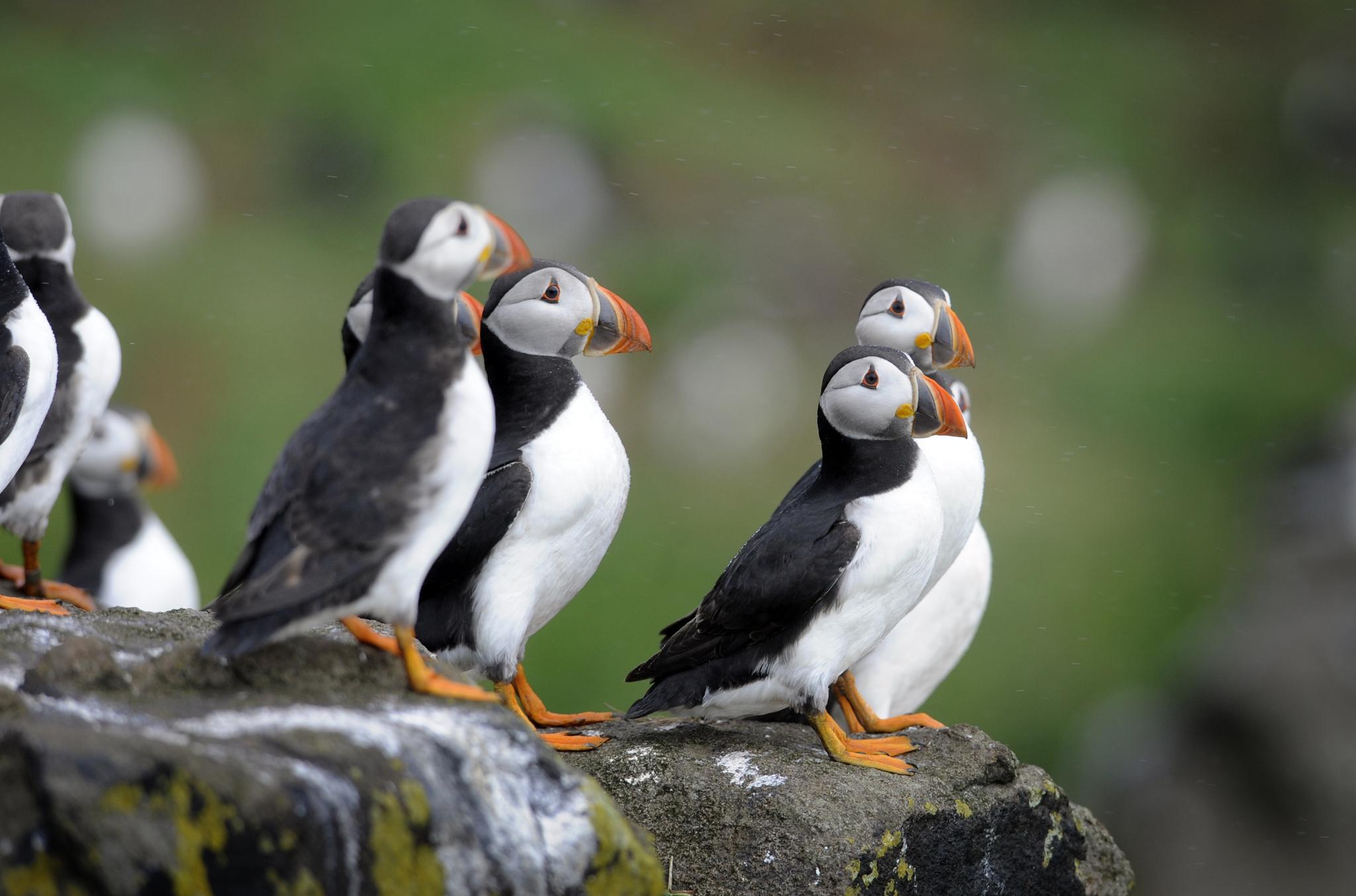Puffins may completely disappear from Britain's Farne Islands as numbers plummet, fear experts
'Predictions have been made that within the next 50 to 100 years these stunning birds will have completely died out on the Farne Islands'

Your support helps us to tell the story
From reproductive rights to climate change to Big Tech, The Independent is on the ground when the story is developing. Whether it's investigating the financials of Elon Musk's pro-Trump PAC or producing our latest documentary, 'The A Word', which shines a light on the American women fighting for reproductive rights, we know how important it is to parse out the facts from the messaging.
At such a critical moment in US history, we need reporters on the ground. Your donation allows us to keep sending journalists to speak to both sides of the story.
The Independent is trusted by Americans across the entire political spectrum. And unlike many other quality news outlets, we choose not to lock Americans out of our reporting and analysis with paywalls. We believe quality journalism should be available to everyone, paid for by those who can afford it.
Your support makes all the difference.Puffin numbers are plummeting in one of their biggest strongholds in the UK, prompting fears they may completely vanish from it within the next 50 years.
The Farne Islands have seen a 12 per cent decline in the birds in the last five years, according to the National Trust, which has maintained the islands for the past 93 years.
Initial numbers from the five-yearly count suggest the population is down 42 per cent on one of the islets.
The figures indicate an alarming decline for the birds, known as the clowns of the sea due to their colourful beaks, compared to the last count in 2013 when nearly 40,000 breeding pairs were recorded.
The National Trust said it would be stepping up monitoring of the seabirds to better understand what is going on.
Having surveyed four of the eight islands, which lie off the Northumberland coast, there appears to be an overall 12 per cent reduction in breeding pairs across the sites.
Puffins also returned four weeks later than normal to their breeding grounds on the windswept islands, where they rear chicks in burrows, due to the prolonged, harsh winter, the trust said.
Atlantic puffins were listed as "vulnerable" to extinction on the International Union for Conservation of Nature's (IUCN) Red List of Threatened Species in 2015, amid falling global numbers.
Climate change could be contributing to food shortages and extreme weather affecting the birds, while they could also be threatened by overfishing, invasive predators such as rats on some islands and marine pollution.
National Trust ranger Tom Hendry said: "Initial findings are concerning. Numbers could be down due to stormy or wetter weather as well as changes in the sand eel population, which is one of their staple foods.
“So far we’ve surveyed four of the eight islands where we conduct the census. Figures from the two largest islands are vastly contradictory, with numbers on Brownsman 42 per cent down, while recordings on Staple show an 18 per cent increase. We will now do some further investigations as to why this might be.
“Predictions have been made that within the next 50 to 100 years these stunning birds will have completely died out on the Farne Islands. The Icelandic population in particular is really struggling, with exceptionally low productivity for over 10 years."
Figures from the two largest islands surveyed so far are contradictory, with numbers on Brownsman down 42 per cent while Staple shows a 18 per cent increase.
Numbers are down by around a third on the two smaller islands surveyed.
If the final results reflect the drop seen so far, the trust will need to assess the birds more frequently, although they are "notoriously difficult" to monitor.
Puffin records on the Farne Islands date back to 1939, when just 3,000 breeding pairs were recorded.
The figures continued to climb steadily until 2008, but that year saw numbers fall by a third to 36,835 breeding pairs from 55,674 five years previously, with climate change thought to be the cause.
In the last census in 2013, there were 39,962 breeding pairs on the island.
The count is conducted by assessing burrows on the islands, looking out for birds with fish in their beaks, a sign of a hungry baby puffin or "puffling", as well as external signs they are using the nests including fresh digging, footprints, hatched eggshells or other signs of activity in the entrance.
Additional reporting by PA.
Join our commenting forum
Join thought-provoking conversations, follow other Independent readers and see their replies
Comments